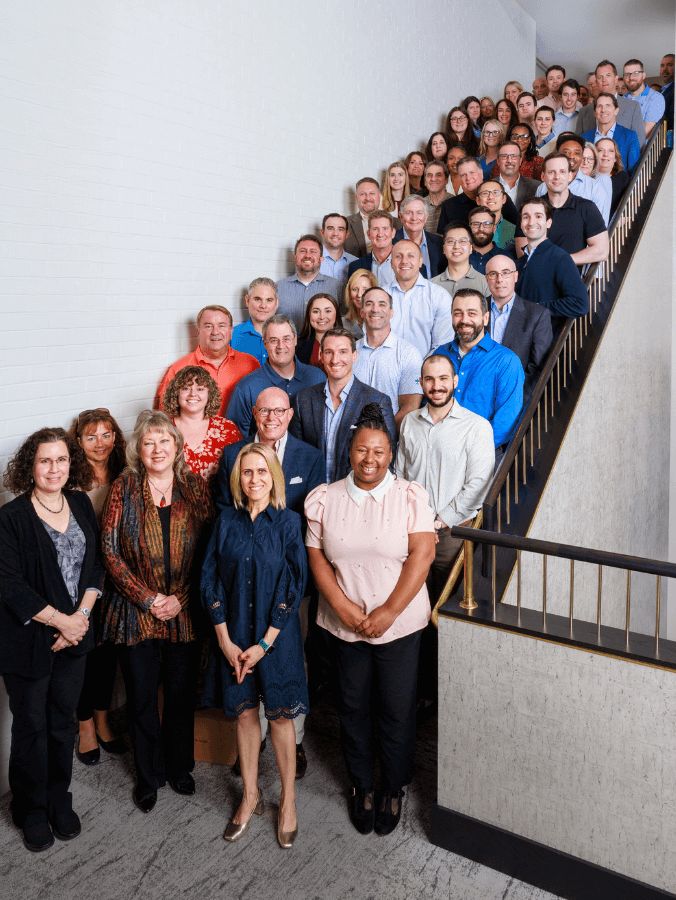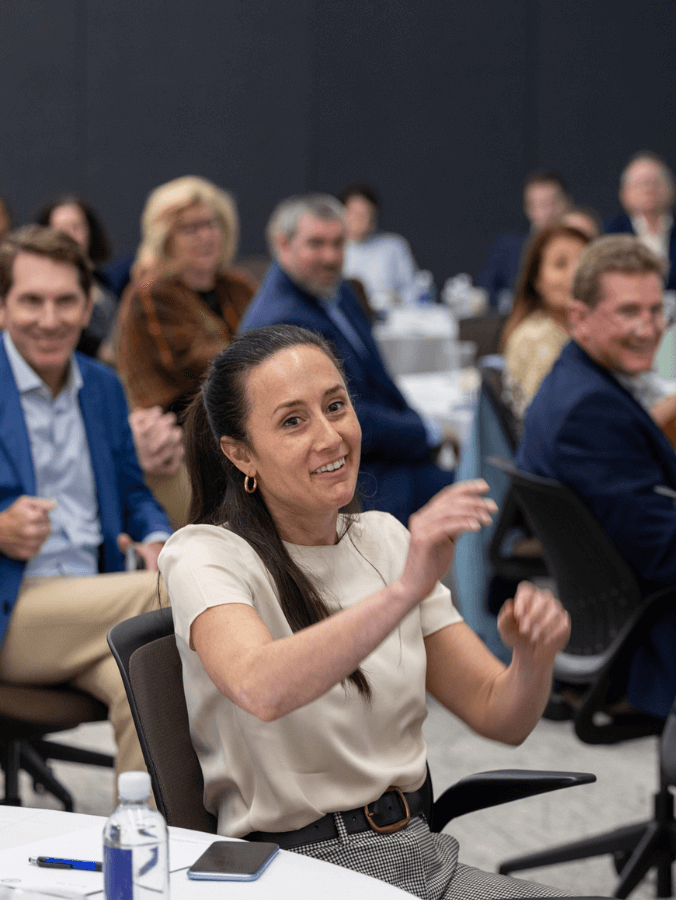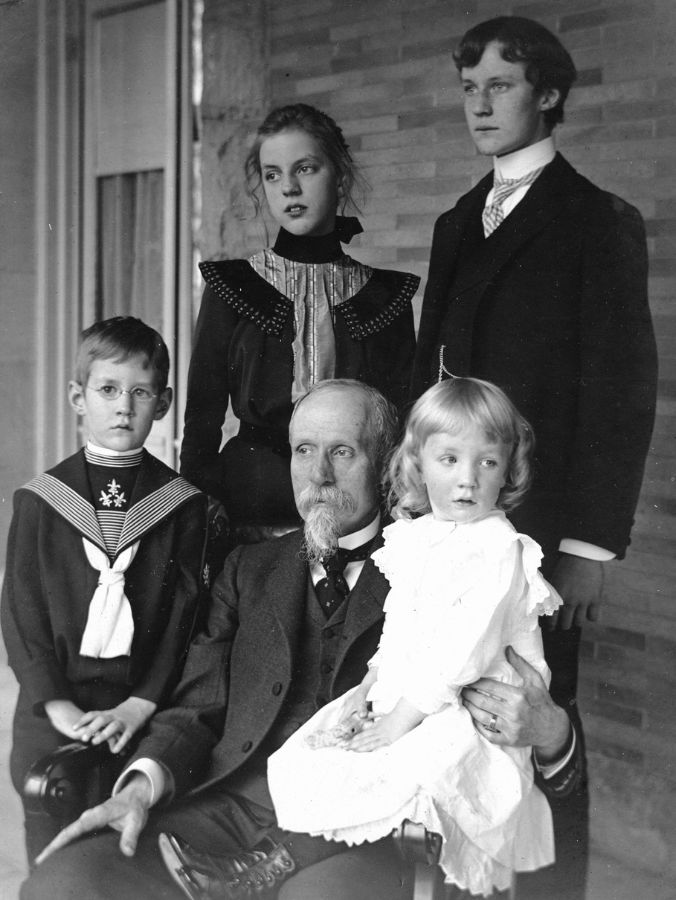-
Who We Are
Who We Are
For the last century, we’ve dedicated ourselves to empowering families like yours to prosper and endure. Like many of the leading families we serve, we have been through our own wealth journey.
Discover Pitcairn -
What We Do
Wealth Momentum®
The families we serve and the relationships we have with them are at the center of everything we do. Our proprietary Wealth Momentum® model harnesses powerful drivers of financial and family dynamics, maximizing the impact that sustains and grows wealth for generations to come.
Explore - Insights & News

For many families, creating a single-family office (SFO) marks a pinnacle of success — the culmination of decades of disciplined wealth creation. It’s a structure born from a desire for control: to safeguard assets, centralize decisions, and professionalize what once lived inside the founder’s mind.
But as families evolve, that control can begin to feel like constraint. What was once a perfect fit can become a tailored suit that no longer allows for movement.
The Natural Lifecycle of a Family Office
Every SFO reflects the vision and realities of its founder — a concentrated asset base, decisive leadership, and a clear sense of purpose. Over time, those conditions change.
As generations transition, ownership expands, assets diversify, and voices multiply. Authority becomes diffuse. Priorities diverge. The office that once provided clarity now contends with complexity.
What began as a bespoke solution often morphs into a dense web of systems, professionals, and legacy costs. Investment committees lose direction. Governance becomes ritual instead of renewal. The very infrastructure designed to create confidence can start creating friction.
When the Model Stops Fitting
Eventually, families arrive at a moment of quiet realization: the office no longer reflects the family it was built to serve. That recognition prompts deeper, more strategic questions:
-
Are we solving for control — or for continuity?
-
Do we still have the right expertise internally, or would outside partnership enhance our capabilities?
-
What’s the real cost — financial, relational, and emotional — of running our own ecosystem?
These aren’t operational challenges. They’re questions of identity and purpose.
The Post-SFO Moment
At Pitcairn, we see this moment not as an ending, but as an inflection point — the beginning of a family’s next chapter.
Evolving beyond the traditional SFO doesn’t mean relinquishing control; it means redefining it. It’s an opportunity to design a new structure that mirrors today’s complexity and tomorrow’s aspirations.
Many families transition toward what we call a family wealth enterprise — a model that integrates governance, investment oversight, tax coordination, reporting, education, and shared values within a unified, flexible framework. It’s a shift from maintaining an office to cultivating an ecosystem of purpose.
When families embrace this evolution, they free themselves from the weight of infrastructure to focus on what truly matters: sustaining alignment, deepening relationships, and nurturing a shared sense of stewardship across generations.
A Modern Architecture for Legacy
After more than a century advising multigenerational families, Pitcairn has seen one truth hold steady: the healthiest family offices evolve as their families do — guided by clarity, communication, and conviction.
Legacy isn’t static. It’s dynamic — a living architecture that must adapt to new generations, new markets, and new definitions of wealth.
Because in the end, legacy isn’t about preserving what was built. It’s about designing what comes next.
Disclaimer: Pitcairn Wealth Advisors LLC (“PWA”) is a registered investment adviser with its principal place of business in the Commonwealth of Pennsylvania. Registration does not imply a certain level of skill or training. Additional information about PWA, including our registration status, fees, and services is available on the SEC’s website at www.adviserinfo.sec.gov. This material was prepared solely for informational, illustrative, and convenience purposes only and all users should be guided accordingly. All information, opinions, and estimates contained herein are given as of the date hereof and are subject to change without notice. PWA and its affiliates (jointly referred to as “Pitcairn”) do not make any representations as to the accuracy, timeliness, suitability, completeness, or relevance of any information prepared by any unaffiliated third party, whether referenced or incorporated herein, and takes no responsibility thereof. As Pitcairn does not provide legal services, all users are advised to seek the advice of independent legal and tax counsel prior to relying upon or acting upon any information contained herein. The performance numbers displayed to the user may have been adversely or favorably impacted by events and economic conditions that will not prevail in the future. Past investment performance is not indicative of future results. The indices discussed are unmanaged and do not incur management fees, transaction costs, or other expenses associated with investable products. It is not possible to invest directly in an index. Projections are based on models that assume normally distributed outcomes which may not reflect actual experience. Consistent with its obligation to obtain “best execution,” Pitcairn, in exercising its investment discretion over advisory or fiduciary assets in client accounts, may allocate orders for the purchase, sale, or exchange of securities for the account to such brokers and dealers for execution on such markets, at such prices, and at such commission rates as, in the good faith judgment of Pitcairn, will be in the best interest of the account, taking into consideration in the selection of such broker and dealer, not only the available prices and rates of brokerage commissions, but also other relevant factors (such as, without limitation, execution capabilities, products, research or services provided by such brokers or dealers which are expected to provide lawful and appropriate assistance to Pitcairn in the performance of its investment decision making responsibilities). This material should not be regarded as a complete analysis of the subjects discussed. This material is provided for information purposes only and is not an offer to sell or the solicitation of an offer to purchase an interest or any other security or financial instrument.






